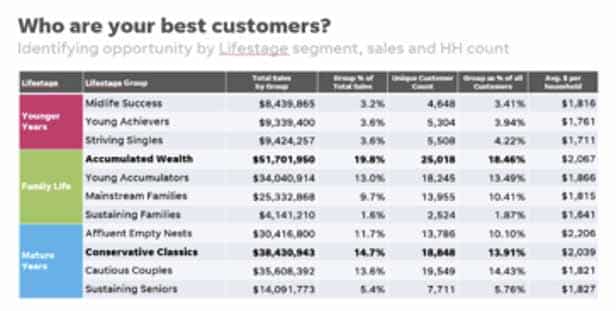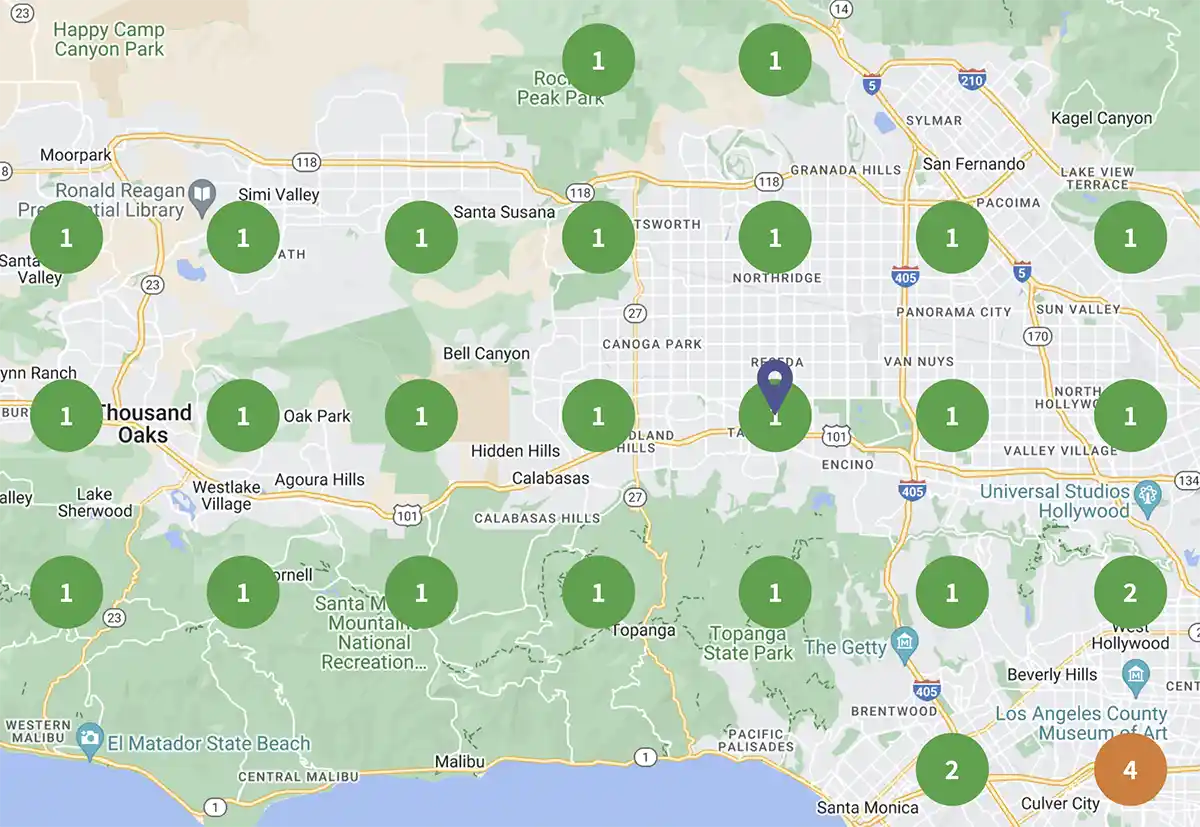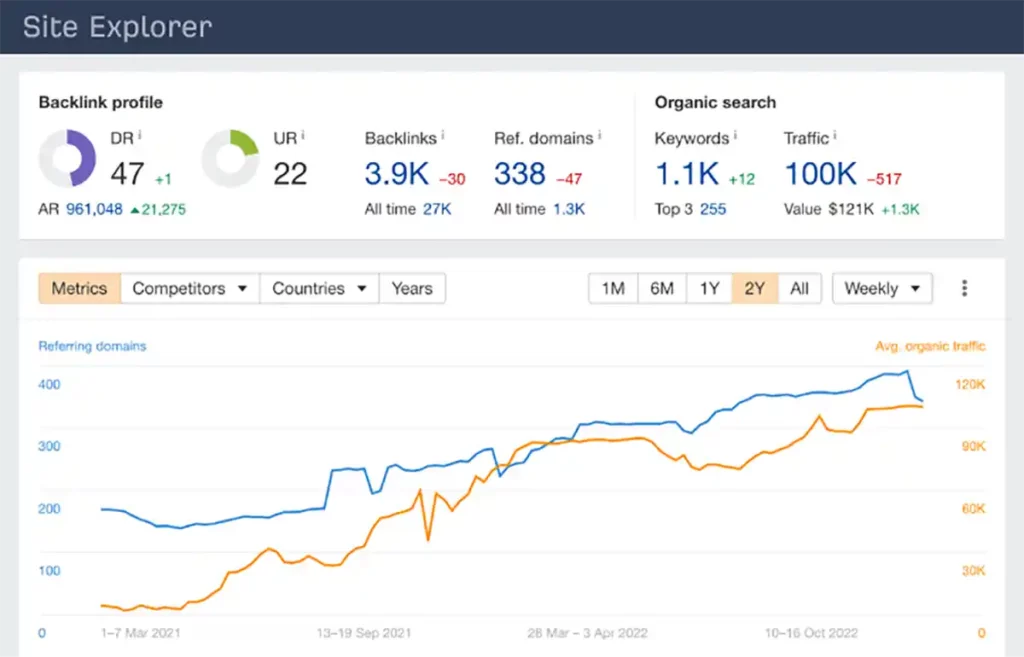Mastering Landing Page Optimization: Best Practices & Tips
When Mary received this letter from her team, she took immediate action.
To: Mary Jones, CMO
Subject: Landing Page Optimization: The Key to Unlocking Marketing Success
Dear Mary,
I’m writing to emphasize the importance of mastering landing page optimization (LPO) as a core component of our marketing strategy. LPO is the process of refining our landing pages to maximize visitor conversions into leads or customers. This is a technical exercise and a strategic imperative that directly impacts our bottom line.
Why Landing Page Optimization Matters
- First Impressions Count: Landing pages are often the first interaction potential customers have with our brand after clicking on an ad or following a link. A well-optimized landing page creates a positive initial experience, setting the stage for further engagement.
- Higher Conversion Rates: LPO’s primary goal is to increase the percentage of visitors who take the desired action, whether it’s filling out a form, making a purchase, or signing up for a newsletter. Improved conversion rates directly translate to increased leads and revenue.
- Better Return on Investment (ROI): By optimizing our landing pages, we can extract more value from our existing marketing campaigns. We can generate more leads and sales without increasing our advertising spend, resulting in a higher ROI.
- Improved User Experience: A well-optimized landing page is easy to navigate, visually appealing, and provides the information visitors need to decide. This positive user experience builds trust and encourages visitors to explore further.
- Competitive Advantage: A high-converting landing page can set us apart in today’s crowded digital landscape. It gives us an edge in attracting and converting potential customers.
Key Metrics to Track
To measure the effectiveness of our landing page optimization efforts, we should closely monitor the following key metrics:
- Conversion Rate: The percentage of visitors who complete the desired action.
- Bounce Rate: The percentage of visitors who leave the page without taking any action.
- Time on Page: The average time visitors spend on the landing page.
- Click-Through Rate (CTR): The percentage of visitors who click on call-to-action buttons or links.
- Cost per Acquisition (CPA): The average cost of acquiring a new customer or lead through the landing page.
By tracking these metrics, we can identify areas for improvement and measure the impact of our optimization efforts.
70% of agencies need help integrating AI solutions.
70% of agencies need help integrating AI solutions into their tech stack, citing a lack of interoperability as a major barrier. 85% of marketing agencies need more in-house expertise to manage and deploy multi-AI agent systems effectively.
Next Steps
I propose we initiate a comprehensive landing page audit to assess our current performance and identify opportunities for optimization. This audit would thoroughly analyze our existing landing pages, competitor benchmarking, and user testing.
We can develop a prioritized roadmap for implementing LPO best practices based on the audit findings. This may involve refining our page layouts, improving our copywriting, optimizing our calls to action, and conducting A/B testing to determine the most effective strategies.
Investing in landing page optimization can significantly improve our marketing performance, drive more leads and sales, and achieve our business objectives.
Thank you for your time and consideration.
Sincerely,
John
What would you do?
Unlock the Full Potential of Your Landing Pages

As marketing managers, we constantly strive to maximize our campaigns’ return on investment (ROI). One crucial element that often determines the success or failure of these efforts is the effectiveness of our landing pages.
A well-optimized landing page can boost conversion rates, turning casual visitors into loyal customers. But how can you ensure your landing pages are performing at their best?
The Power of First Impressions
First impressions matter, especially in the digital world with short attention spans. Studies show that it takes less than a second for a visitor to form an opinion about your landing page. This tiny window of time can make or break your conversion goals.
What does it take to capture your audience’s attention and encourage them to take action? This guide will uncover the secrets to crafting landing pages that captivate and convert.
Data-Driven Insights for Maximum Impact
In today’s competitive landscape, relying on gut feelings to design landing pages is no longer sufficient. Data-driven optimization enables you to make informed decisions that dramatically enhance your page’s performance.
From A/B testing to heatmaps and user behavior analytics, we’ll explore the tools and techniques that provide actionable insights for continuous improvement.
Branch Models: Unlocking Scalable Growth
In the age of digital transformation, marketing managers are constantly seeking innovative ways to stay competitive and relevant. But how? Watch the video!
Your Roadmap to Success
Are you ready to transform your landing pages into powerful conversion engines? Whether you are a seasoned marketing manager or new to the field, this comprehensive guide offers practical and proven best practices and tips.
Discover how to fine-tune every element of your landing page—from compelling headlines to effective call-to-actions—ensuring that every visitor gets closer to becoming a valued customer.
Dive into our guide to master the art and science of landing page optimization, and watch your conversion rates soar!
Enhancing Engagement: Marketing Managers’ Pains and Desires with Poor Landing Page Conversions
The Frustration of Ineffective Landing Pages
Marketing managers often experience frustration due to poor landing page conversions. Seeing a well-designed campaign drive traffic only to watch potential leads bounce off the landing page without taking action is disheartening.
This issue can shadow the entire marketing strategy, highlighting inefficiencies and sowing doubt about the effectiveness of current approaches. The disconnect between a visitor’s initial interest and their decision to abandon the page before converting can be perplexing and frustrating, making it one of the most pressing challenges marketing managers face.
The Pursuit of Higher Conversion Rates

The unyielding desire to increase landing page conversions is at the heart of every marketing manager’s efforts.
They dream of crafting pages that attract visitors and compel them to take the desired action, whether signing up for a newsletter, downloading a whitepaper, or purchasing.
This desire fuels a continuous cycle of testing, tweaking, and optimizing elements like headlines, imagery, and calls to action. The ultimate goal is to create a seamless user experience that effortlessly guides visitors toward conversion.
The Complexity of User Experience Design
User Experience (UX) design is a significant pain point in optimizing landing page conversions. Marketing managers must balance aesthetic appeal with functional design, ensuring the page is visually engaging and easy to navigate.
They need to consider various factors—loading speed, mobile responsiveness, and clarity of content—each of which can either enhance or hinder the user’s journey. Navigating these complexities demands a deep understanding of UX principles and constant iteration, which can be resource-intensive and time-consuming.
The Desire for Data-Driven Optimization

Marketing managers crave actionable insights that can drive data-driven optimization of landing pages. Metrics such as bounce rate, average session duration, and user behavior flow are critical in identifying what works and doesn’t.
By leveraging these insights, managers can make informed decisions about changes that might improve conversion rates, like A/B testing different headlines or repositioning calls-to-action. This desire for data-driven decision-making is essential for continuous improvement and higher conversion rates.
In summary, while marketing managers contend with the pains of low landing page conversions and the complexities of user experience design, their desires are focused on increasing conversion rates through effective strategies and data-driven optimization.
These challenges and aspirations drive their relentless efforts to create landing pages that attract and convert visitors.
Navigating the Challenges of Landing Page Optimization
Optimizing landing pages is a critical task for marketing managers, and it can significantly impact the success of marketing campaigns. However, this process has its challenges. In this section, we will explore three common challenges marketing managers face when optimizing landing pages and offer insights on overcoming them.
1. Balancing Aesthetics with Functionality
The Dilemma of Design
One of the most significant challenges in landing page optimization is striking the right balance between aesthetics and functionality. A visually appealing design can capture a visitor’s attention and create a positive first impression.
However, if the design could be more complex or distracting, it can hinder the page’s functionality and reduce conversion rates. Marketing managers must navigate this delicate balance to ensure the page is attractive and effective.
User Experience vs. Conversion Goals
Ensuring a seamless user experience (UX) while meeting conversion goals can be tricky. Too many visual elements can overwhelm users, while too few can make the page seem uninviting. The challenge lies in creating a design that guides the user toward the desired action without compromising the overall experience.
Marketing managers must employ data-driven insights and A/B testing to find the optimal aesthetic appeal and functionality design.
Your Blueprint for SEO Success in 2025
Whether you’re a business owner, marketer, or seasoned SEO professional, this guide is tailored to give you a competitive edge in the evolving digital landscape. Get SEO Pricing.
2. Crafting Compelling and Relevant Content
The Content Conundrum
Another significant challenge is crafting compelling and relevant content that resonates with the target audience. The content on a landing page must be concise, engaging, and aligned with the visitor’s expectations.
However, striking the right tone and message can take time, especially when dealing with diverse audience segments. Marketing managers must ensure the content is informative and persuasive, encouraging visitors to take the desired action.
Aligning Messaging with Audience Needs
Understanding the audience’s needs and pain points is crucial for creating effective landing page content.
Marketing managers often need help to align the messaging with what the audience is looking for, leading to high bounce rates and low conversions.
Conducting thorough audience research and developing buyer personas can help address this challenge. By tailoring the content to meet the specific needs of different audience segments, marketing managers can create more personalized and impactful landing pages.
3. Ensuring Fast Load Times and Mobile Optimization

The Speed Factor
In today’s fast-paced digital world, users expect web pages to load quickly. Slow load times can lead to high bounce rates, negatively impacting a landing page’s effectiveness.
Ensuring fast load times is a significant challenge, particularly when incorporating multimedia elements and functionalities. Marketing managers must optimize the page’s performance to provide a seamless user experience and keep visitors engaged.
The Mobile Optimization Challenge
With the increasing use of mobile devices, ensuring mobile-friendly landing pages is more important than ever. Mobile optimization involves more than just making the page responsive; it requires careful consideration of the mobile user’s experience.
Marketing managers must ensure that all elements, including images, videos, and forms, are optimized for mobile devices. This can be challenging, as it often involves redesigning and testing the page across different devices and screen sizes.
Overcoming the Challenges
While landing page optimization presents several challenges, marketing managers can overcome them with the right strategies and tools.
By balancing aesthetics with functionality, crafting compelling content, and ensuring fast load times and mobile optimization, marketing managers can create landing pages that convert visitors into customers. Embracing a data-driven approach and continuously testing and refining the landing page can lead to significant improvements in performance.
Are you ready to tackle these challenges and optimize your landing pages for maximum impact? Dive into our comprehensive guide on landing page optimization and discover the best practices and tips to help you achieve your conversion goals.
How to Use Landing Page Optimization: Best Practices & Tips
Unlock Your Conversion Potential
As a marketing manager, optimizing your landing pages can be the key to unlocking higher conversion rates and maximizing the ROI of your campaigns.
This guide provides actionable insights and proven strategies for transforming your landing pages into powerful conversion engines.
Dive into Data-Driven Insights
Begin by immersing yourself in the data-driven approaches outlined in our guide. Learn how to leverage A/B testing, heatmaps, and user behavior analytics to gather critical insights.
These tools will help you understand how visitors interact with your landing pages, enabling you to make informed decisions and continuous improvements.
Balance Design and Functionality
Next, explore the best practices for balancing aesthetics with functionality. Our guide provides practical tips on creating visually appealing yet highly functional landing pages.
Discover how to use design elements to capture attention and guide users toward your call to action without overwhelming them. Implementing these tips can significantly enhance the user experience and boost conversion rates.
Craft Compelling Content
Lastly, craft compelling and relevant content that resonates with your audience. Follow our step-by-step instructions to develop clear, concise, and persuasive messaging. By aligning your content with the needs and expectations of your target audience, you can create landing pages that engage visitors and drive them to take action.
Are you ready to elevate your landing page optimization skills? Dive into our guide, apply these best practices, and watch your conversion rates soar!

Elevate Your Marketing Strategy with Optimized Landing Pages
In today’s competitive digital landscape, landing page optimization is not just an option but a necessity for marketing managers who want to maximize their campaigns’ ROI.
Applying the best practices and tips in this guide, you can transform your landing pages into powerful conversion tools that drive measurable results.
Key Benefits of Landing Page Optimization
Enhanced Conversion Rates: One of the most significant benefits of optimized landing pages is the increase in conversion rates. By focusing on user-centric design, compelling content, and seamless functionality, you can turn more visitors into leads and customers. Imagine improving your conversion rate from 2% to 5%—this seemingly small change can result in a substantial boost in revenue.
Improved User Experience: Optimized landing pages offer a better user experience, which is crucial for retaining visitors and encouraging them to take action. Fast load times, mobile optimization, and intuitive navigation create a smoother user journey. A positive user experience increases conversions and builds brand loyalty and trust.
Actionable Insights: Data-driven optimization provides actionable insights for continuous improvement. Metrics such as bounce rate, time on page, and conversion rate are invaluable for understanding visitor behavior and identifying areas for enhancement. A/B testing and heatmaps can help you fine-tune every landing page element for maximum impact.
Cost Efficiency: Optimized landing pages can make your marketing budget more efficient. Higher conversion rates mean you get more value from your ad spend, reducing the cost per acquisition (CPA). This efficiency allows you to allocate resources more effectively, whether scaling successful campaigns or exploring new marketing channels.
Take Action Now
Implementing these best practices and tips can significantly improve your landing page performance. The metrics and key benefits outlined here demonstrate the tangible impact of effective landing page optimization.
Ready to elevate your marketing strategy and achieve your conversion goals? Start optimizing your landing pages today and experience the transformative power of data-driven marketing.
Invest in landing page optimization and watch your marketing efforts reach new heights. The future of your campaigns—and your success as a marketing manager—depends on it.



